 Last week I found myself in New Orleans at Boys & Girls Clubs of America’s national conference sitting in an exhibitor booth trying to make new friends and connect with old ones. On Wednesday, right before the exhibitor area opened, I was visited by a fellow exhibitor from Write Brain Books. She shared with me a little information about her company, asked me about my non-profit consulting practice, and invited me over to her booth to learn more.
Last week I found myself in New Orleans at Boys & Girls Clubs of America’s national conference sitting in an exhibitor booth trying to make new friends and connect with old ones. On Wednesday, right before the exhibitor area opened, I was visited by a fellow exhibitor from Write Brain Books. She shared with me a little information about her company, asked me about my non-profit consulting practice, and invited me over to her booth to learn more.
After spending the morning in my booth, I decided to visit my new friend. As I crossed the exhibitor floor, I found the Write Brain Books booth. It was twice the size of most exhibitor spaces and it was very, very orange (all the way down to the orange carpeting they brought in).
While I couldn’t find the person who had visited me earlier, there was a swarm of people working the booth. More importantly, there were lots of conference attendees buzzing about and checking out this company’s program. Most importantly, everyone was greeted warmly and pulled into a discussion about how after-school providers can better engage kids in academically enriching activities. I was no exception.
Before going any further, let me give you a road map for today’s blog post.
First, I’m going to talk briefly about Write Brain Books and their amazing academic enrichment program. Second, I will talk about how this encounter became a resource development AH-HA moment blended with a peanut butter cup craving. Finally, I will provide a few examples of mission-focused and inspired donor stewardship.
Thanks for letting me do a little signposting. I hope that you’re still with me. Did I mention that we’re going to talk about peanut butter cups soon? 😉
I won’t be able to do a good job in this short space with describing the Write Brain Books program, but I think you will get a sense of it from the following bullet points:
- Write Brain Books uses illustrated, wordless books to help spark a child’s imagination and allow them to write their own stories
- Story Mats (e.g. 11 x 17 art posters) are also used to help engage kids in writing and storytelling
- Story Builder Cards are used to help facilitate group writing games
- There appears to be lots of resources for after-school program staff (e.g. facilitator guides) with an eye towards outcomes measurement
- Participants also participate in a project-based learning and where they learn how to collaborate while co-authoring an actual book that will get published
- This program is so much more than a simple writing program . . . participants benefit in the areas of reading, writing, vocabulary, critical thinking, collaboration, storytelling, etc
- Write Brain Books activities aren’t just for little kids . . . programming is age-appropriate and spans K-12
I’m staring at a stack of literature on my desk, and I realize that I am only scratching the surface. If you want to learn more, I encourage you to visit Write Brain Books YouTube channel. There is also tons of great stuff on their website.
You’re probably wondering what any of this has to do with resource development? Well, as I walked away from the Write Brain Books exhibitor booth, I had this thought . . .
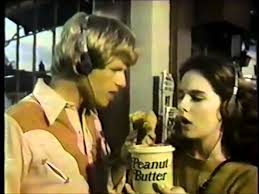 “Hey, you got peanut butter in my chocolate!”
“Hey, you got peanut butter in my chocolate!”
That’s right. I’m referencing that 1981 Reese Peanut Butter Cup commercial where a peanut butter lover and chocolate lover bump into each other on the street, and the entire goofy encounter is supposed to give birth to the idea of a peanut butter cup.
If you want to take a walk down memory lane (or don’t have any idea what I’m talking about because you’re a Millennial), then here is the YouTube link to the commercial.
You might be wondering how I suddenly turned this blog post into a discussion about peanut butter cups. In addition to probably being hungry, there is a logical explanation. Please let me try to explain . . .
In the days right before BGCA’s national conference, I was researching information about the 2016 Nonprofit Storytelling Conference, which is coming to Chicago on November 10-11. As a result, I had the following two similar ideas spinning around my head as I walked away from the Write Brain Books exhibitor booth:
- Storytelling is an effective strategy used to engage kids in reading, writing, comprehension, vocabulary, critical thinking, and many more skills necessary for academic success in the 21st Century
- Storytelling is an effective engagement strategy in resource development when it comes to prospect cultivation, solicitation, and donor stewardship
Professionally, I am a BIG fan of non-profit organizations marrying together mission-focused program stories and donor stewardship activities. When this occurs, it is refreshing from a donor’s perspective and so much more effective than throwing outcomes statistics at a donor and simply saying: “See! See! Your donation resulted in ROI.”
Similar to the Reese Peanut Butter Cup commercial, I had fun donor stewardship ideas rolling around my head stemming from the question of: “What would I do with the Write Brain Books program as it relates to donor stewardship if I were still working for a non-profit organization?”
Here are just a few thoughts:
- Host a reception and ask donors to participate in one of the Write Brain Books activities (e.g. Story Mats, Story Builder Cards, or a collaborative story writing exercise)
- Use kid generated story mats as a donor gift and simple way to say thank you (as a donor to my local Boys & Girls Club, I’d totally hang a story mat on my refrigerator)
- Host an event (e.g. book signing, panel discussion, book launch, etc), where kids could interact with donors in a meaningful and mission-focused way
If you are looking for an example, then you might want to check out what Boys & Girls Clubs of Metro Atlanta did with their creative writing program a few years ago. Click here to view a creative writing program that donors received as a “donor gift” and stewardship touch.
Does your organization integrate programming opportunities with donor stewardship activities? If so, please use the comment box to share your thoughts and experiences. Please also share how donors respond. We can all learn from each other.
Here’s to your health!
Erik Anderson
Founder & President, The Healthy Non-Profit LLC
www.thehealthynonprofit.com
erik@thehealthynonprofit.com
http://twitter.com/#!/eanderson847
http://www.facebook.com/eanderson847
http://www.linkedin.com/in/erikanderson847

 For the last few decades, the non-profit sector has been focused on data in an effort to convince donors to continue their philanthropic support. I still remember being a new executive director sitting in my first United Way meeting and learning about constructing logic models and differentiating between inputs, outputs, outcomes and pre- and post-test survey tools. All of this was piled on top of a slew of other data metrics my national office was asking for such as:
For the last few decades, the non-profit sector has been focused on data in an effort to convince donors to continue their philanthropic support. I still remember being a new executive director sitting in my first United Way meeting and learning about constructing logic models and differentiating between inputs, outputs, outcomes and pre- and post-test survey tools. All of this was piled on top of a slew of other data metrics my national office was asking for such as: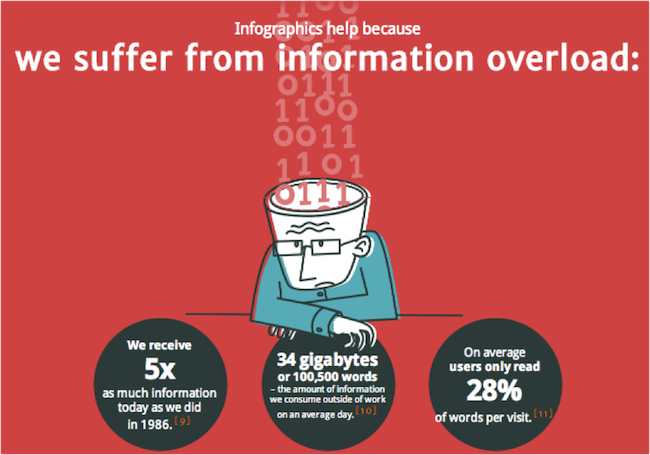
 It was a bleary-eyed late night dash in a rental car to position myself for a morning meeting, and I was listening to National Public Radio (NPR) in an effort to stay awake. At one point, someone was interviewing iconic feminist leader Gloria Steinem. While I cannot remember the big reason for the interview (e.g. new book, rally, election analysis, court ruling, etc), there was one thing that stuck with me, and I just had to share with you because I think it is a great allegory for how your non-profit should interact with donors.
It was a bleary-eyed late night dash in a rental car to position myself for a morning meeting, and I was listening to National Public Radio (NPR) in an effort to stay awake. At one point, someone was interviewing iconic feminist leader Gloria Steinem. While I cannot remember the big reason for the interview (e.g. new book, rally, election analysis, court ruling, etc), there was one thing that stuck with me, and I just had to share with you because I think it is a great allegory for how your non-profit should interact with donors.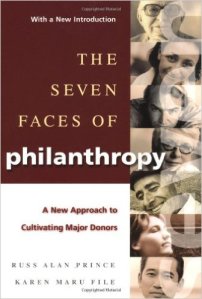
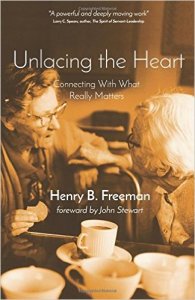
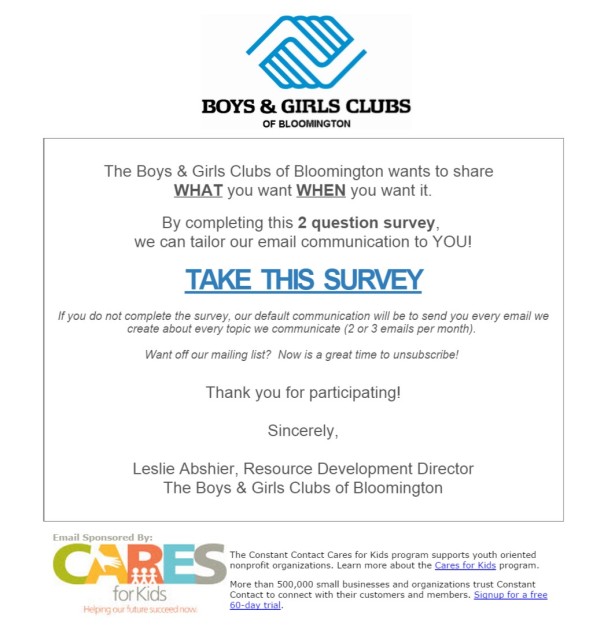

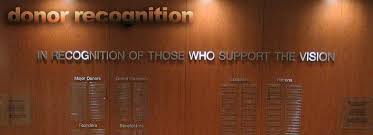 I believe that sometimes the universe speaks to you, and over the last two days I’ve been beat over the head with reminders that your non-profit organization’s donor recognition must be meaningful. While there is a time and place for computer generated gift acknowledgement letters and donor gifts, you need to know your donor and appreciate them in a way that speaks to their inner philanthropic soul.
I believe that sometimes the universe speaks to you, and over the last two days I’ve been beat over the head with reminders that your non-profit organization’s donor recognition must be meaningful. While there is a time and place for computer generated gift acknowledgement letters and donor gifts, you need to know your donor and appreciate them in a way that speaks to their inner philanthropic soul. To sum up the results of yesterday’s discussion, the volunteers decided that donor recognition and gifts should be personal, mission-focused and meaningful.
To sum up the results of yesterday’s discussion, the volunteers decided that donor recognition and gifts should be personal, mission-focused and meaningful. On Saturday, I attended the funeral of my father’s aunt —
On Saturday, I attended the funeral of my father’s aunt — 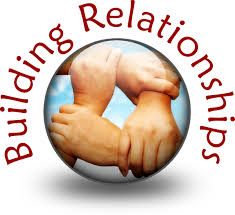 He first started looking for people who had once been loyal supporters but for whatever reason stopped donating. Then he found mutual friends (e.g. board members, former board members, volunteers, donors, etc) and asked them to assist with a re-introduction. On a go-forward basis he simply engaged in relationship building.
He first started looking for people who had once been loyal supporters but for whatever reason stopped donating. Then he found mutual friends (e.g. board members, former board members, volunteers, donors, etc) and asked them to assist with a re-introduction. On a go-forward basis he simply engaged in relationship building.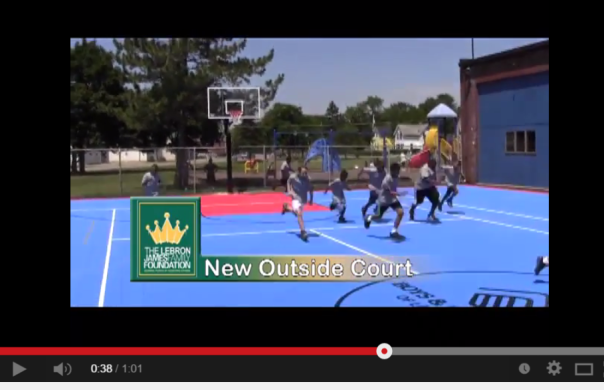
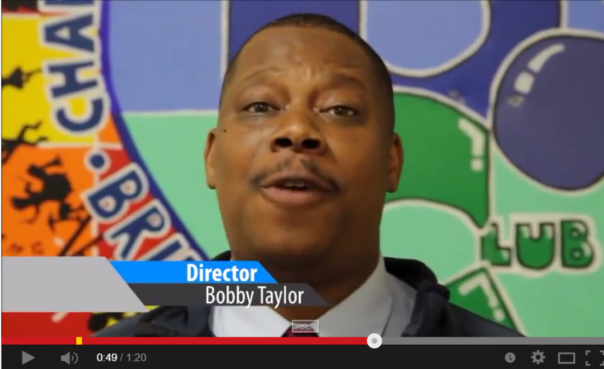
 Craig Linton, blogger at
Craig Linton, blogger at 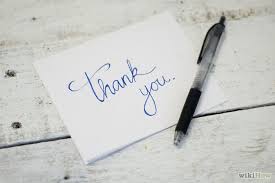 Acknowledgement letters, emails, phone calls and gifts
Acknowledgement letters, emails, phone calls and gifts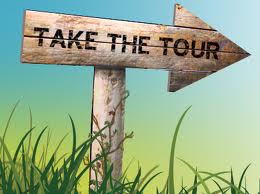 Inviting donors to take a tour
Inviting donors to take a tour Send chocolate covered strawberries
Send chocolate covered strawberries